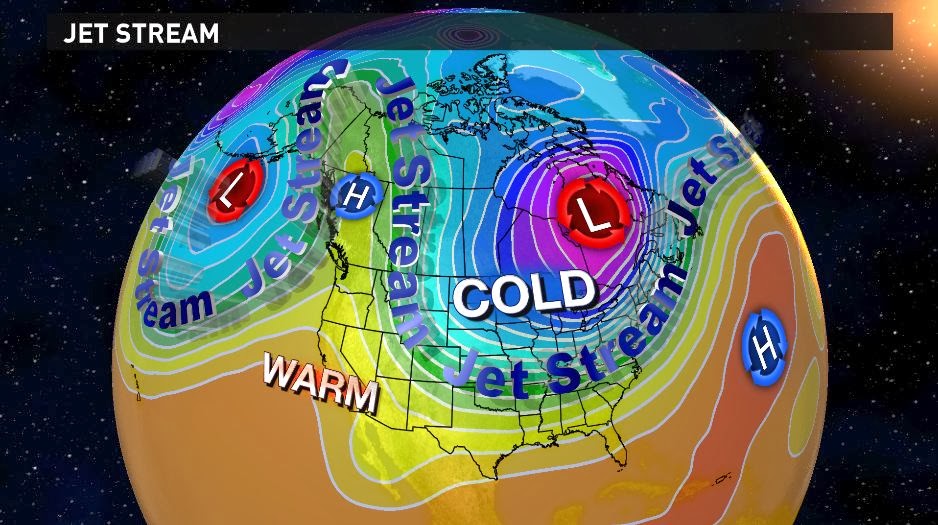Background:
On
April 23rd my news director, Marybeth Jacoby, received an email from
NASA stating that the 3rd National Climate Assessment would be
released on Tuesday, May 6th.
She forwarded the email with a note “How can we make this BIG?” I started thinking about how I would
approach it.
I
received a call from the White House just after our 7 p.m. newscast on
Thursday, May 2nd. It was
Keith Maley, Regional Communications Director, and he was inviting me to the White
House for the release of the 3rd National Climate Assessment. I was being invited because of my work in
educating viewers about how climate change was already affecting their lives
and how it would impact them in the future.
WLTX-TV partnered with the Center for Climate Change Communication at
George Mason University and Climate Central to develop a program called Climate
Matters.
The
segments began airing in August 2010 and were highly focused topics used within
the weathercasts. Typically these segments
ran from 30 to 60 seconds not including anchor interaction.
I
was delighted to be able to accept their invitation. What an honor! As you can imagine there was a lot a planning
to do at the last minute. There was a
scramble to book flights and hotel for an event taking place on Tuesday, May 6th. I also responded to Marybeth’s email “It
doesn’t get much bigger than a presidential interview. Mission Accomplished!"
My
producer, Sharranda Neal, and I flew out of Columbia, SC, Monday morning and
arrived in Washington, D.C., mid-afternoon.
We hit the ground running trying to shoot stand-ups for the evening
shows and the morning show the next day.
There were a host of technical issues we had to overcome, but we managed
to get the job done.
We
returned to the hotel quite tired and prepared for the next day that we knew
would be hectic. We were not disappointed.















